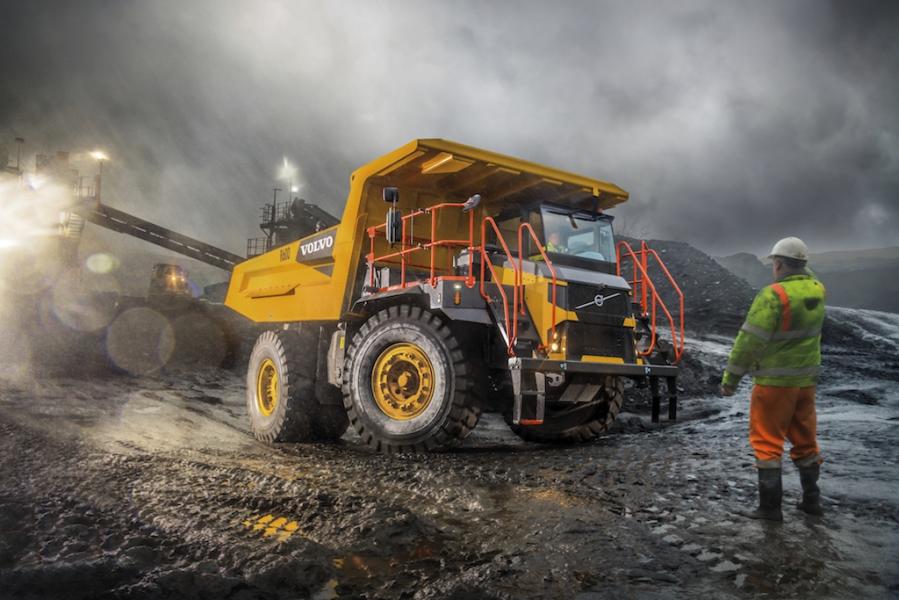Home \ International \ Volvo: five easy ways to increase jobsite safety
Volvo: five easy ways to increase jobsite safety
15/01/2020
Pubblicato da Redazione
Volvo CE designs the machines to be as safe as possible but safety ultimately results from the combination of machine technology and operator behaviour
Volvo CE designs the machines to be as safe as possible but safety ultimately results from the combination of machine technology and operator behaviour. Here are five simple ways operators can keep themselves and those around them safe.
1. Carry out daily maintenance inspections
Before the start of every work shift, operators should walk around their machine to check for damage or leaks, ensure pins and bushings are in place and in good condition and pins are correctly greased. They should also check that lights, windscreen wipers, visibility aids, warning decals and other safety items are correctly adjusted and in full working order. Finally, operators should clean away any dirt or debris from the cab as loose material could pose a risk of injury.
2. Maintain three points of contact when entering and exiting the cab
Slip and fall accidents are among the most common in the construction industry.
Volvo CE designs its machines with sturdy anti-slip steps and handrails but operators should still clear off any mud, ice or oil. They should also maintain three points of contact at all times when entering or exiting the cab for additional stability (two feet and one hand or two hands and one foot).
3. Use on-board weighing features to avoid overloading
On-board weighing systems, such as Volvo Load Assist for wheel loaders and On-board Weighing for articulated haulers, are just as important for safety as they are for productivity. These systems prevent the operator from accidentally overloading the machine, which can reduce stability and even cause damage.
4. Monitor telematics data for safety issues
Connecting machines to Volvo CareTrack provides owners and fleet managers with a wealth of information about what their equipment is doing in the field, including how safely it is operated. Many occurrences of high speed, for example, could indicate erratic operation and signal a need for more operator training.
5. Understand the machine’s safety features
Most machines are required to have ROPS (rollover protection system) cabs but the benefit of such protection is greatly reduced if the operator is not wearing their seatbelt, for example. Safety features differ from machine to machine so operators should always read the Operator’s Manual and seek training as necessary to understand the features available to them and why they are so important for preventing accidents so they can make full and proper use of them.

Ultime notizie di Volvo CE Italia
Earthmoving Machinery
19/09/2024
Volvo CE inaugurates new facilities to support production of electric wheel loaders in Arvika
The industry shift has taken another exciting leap forward a...

Components
26/06/2024
Operator connectivity with Volvo CE'"My Equipment" digital tool
"My equipment" is a new digital solution from Volvo Construc...
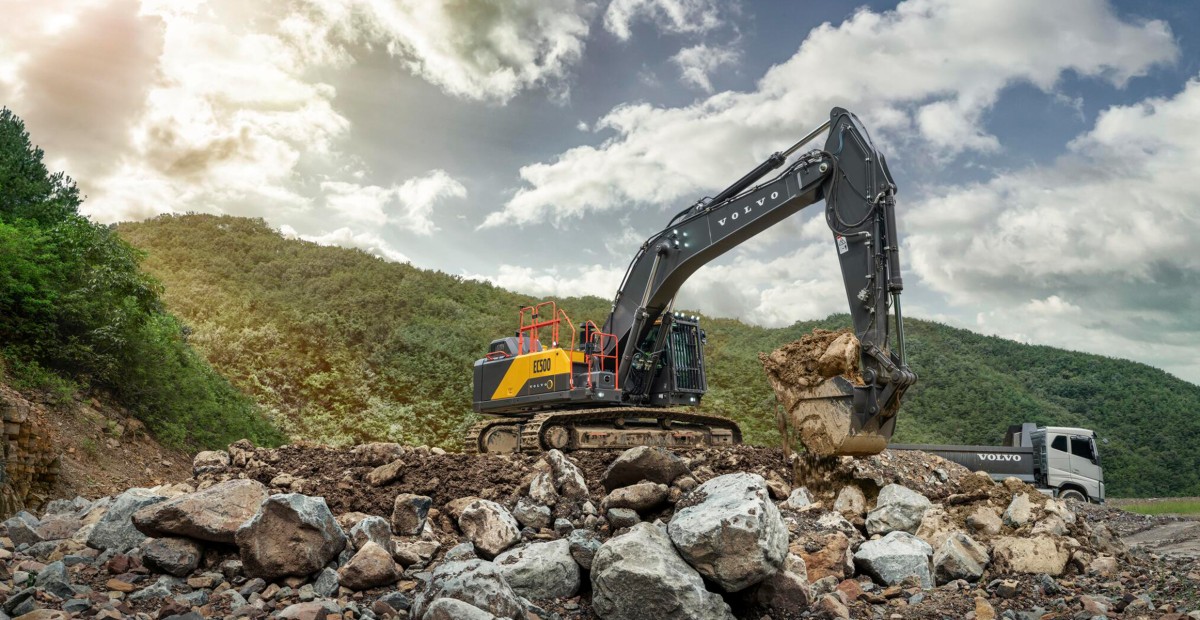
Earthmoving Machinery
17/06/2024
New Volvo excavators elevate customer productivity
A new range of excavators from Volvo Construction Equipment...
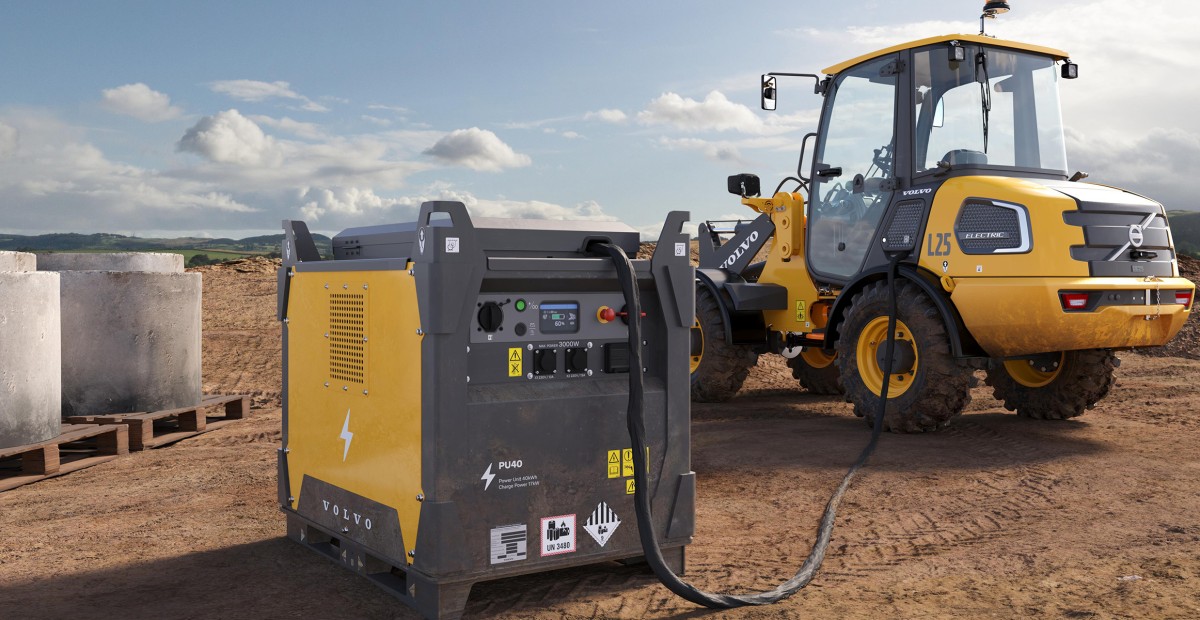
Equipments
10/06/2024
Innovative mobile charging solution from Volvo CE set to transform off-grid work
Volvo Construction Equipment (Volvo CE) is launching a new s...
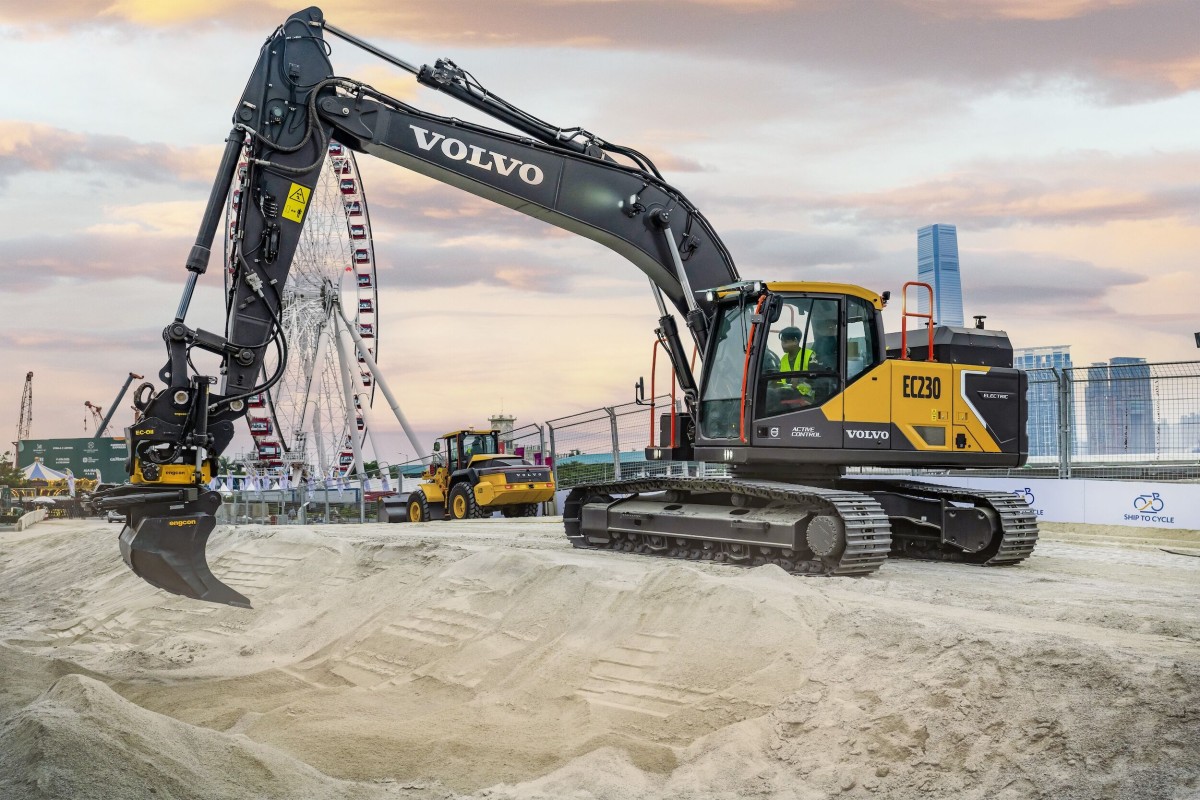
Earthmoving Machinery
29/05/2024
Volvo CE: the catalogue of Product Carbon Footprint
Volvo CE empowers customers with industry’s most extensive c...
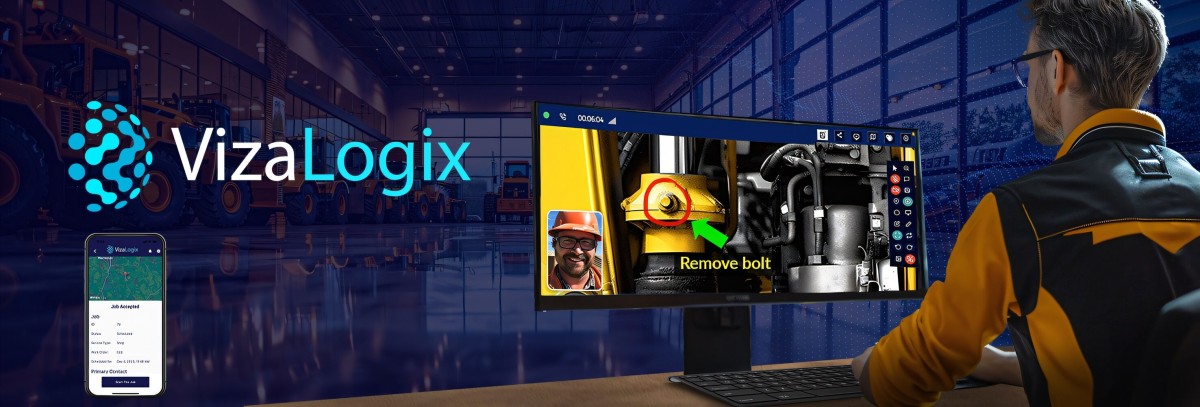
Earthmoving Machinery
17/05/2024
Volvo CE has taken a 22% ownership stake in VizaLogix
Volvo CE has taken a 22% ownership stake in VizaLogix, a US-...
Altri International
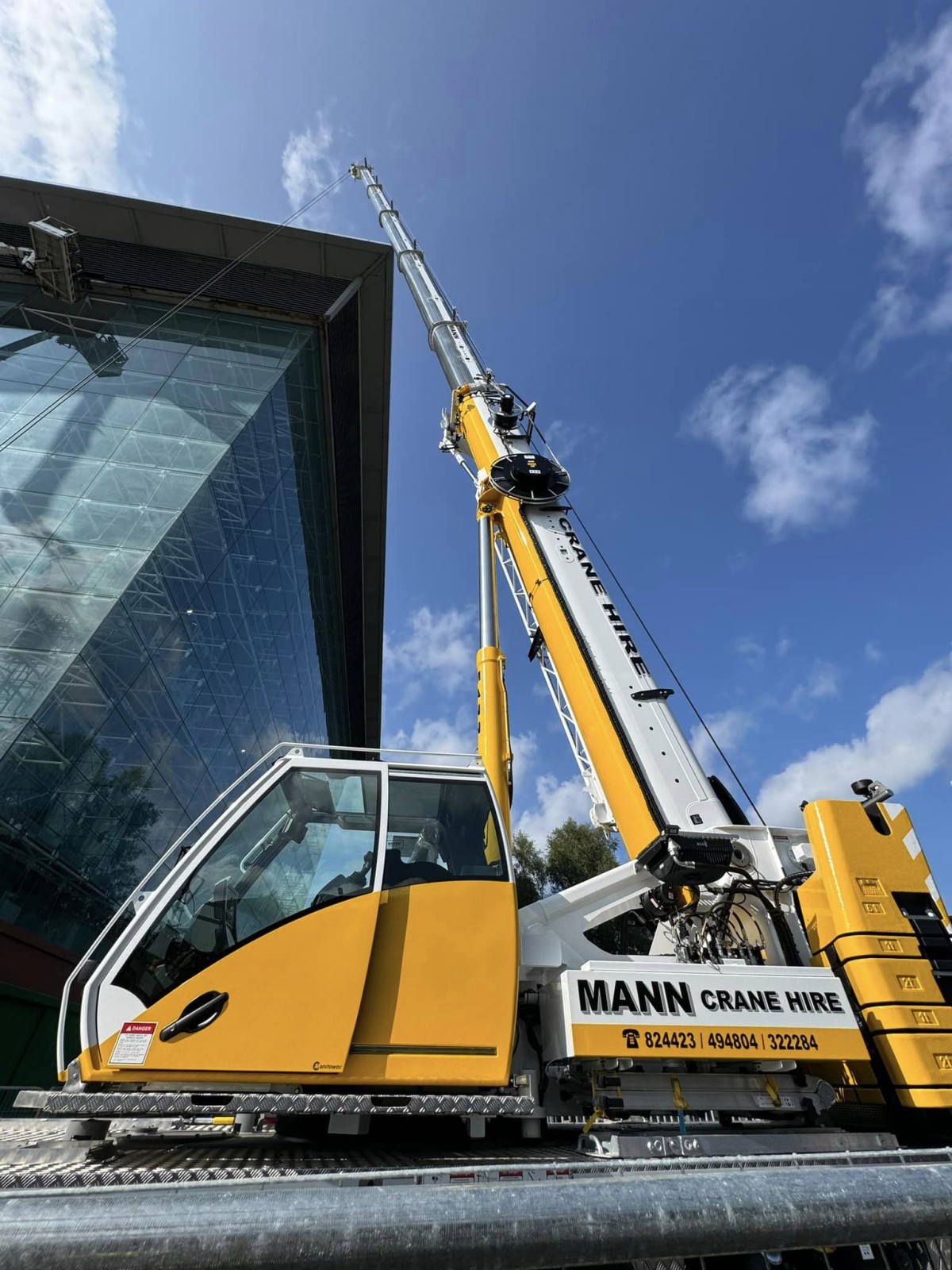
International
25/11/2024
New Grove GMK3060L-1 drives busy schedule for Mann Crane Hire
• Mann Crane Hire selected the GMK3060L-1 for its class-lead...

International
25/11/2024
Prinoth Unveils Expanded Production Facility in Granby, Canada
Prinoth held an event to announce the official opening of it...

International
23/11/2024
GPMat International takes delivery of two Raimondi T147s residential development in the South of France
- Official agent of France expands its product lineup with t...

International
22/11/2024
Sarens acquires additional SCHEUERLE SPMT K24 modules
renowned for its expertise in crane rental services, heavy l...
International
22/11/2024
Five WOLFF cranes modernize Oslo’s Ulven district
With a total of five WOLFF cranes of type 7534.16 Clear, Wol...

International
21/11/2024
Kleemann: New compact crusher used for recycling
Impact crusher MOBIREX MR 100i NEO impresses during operatio...











